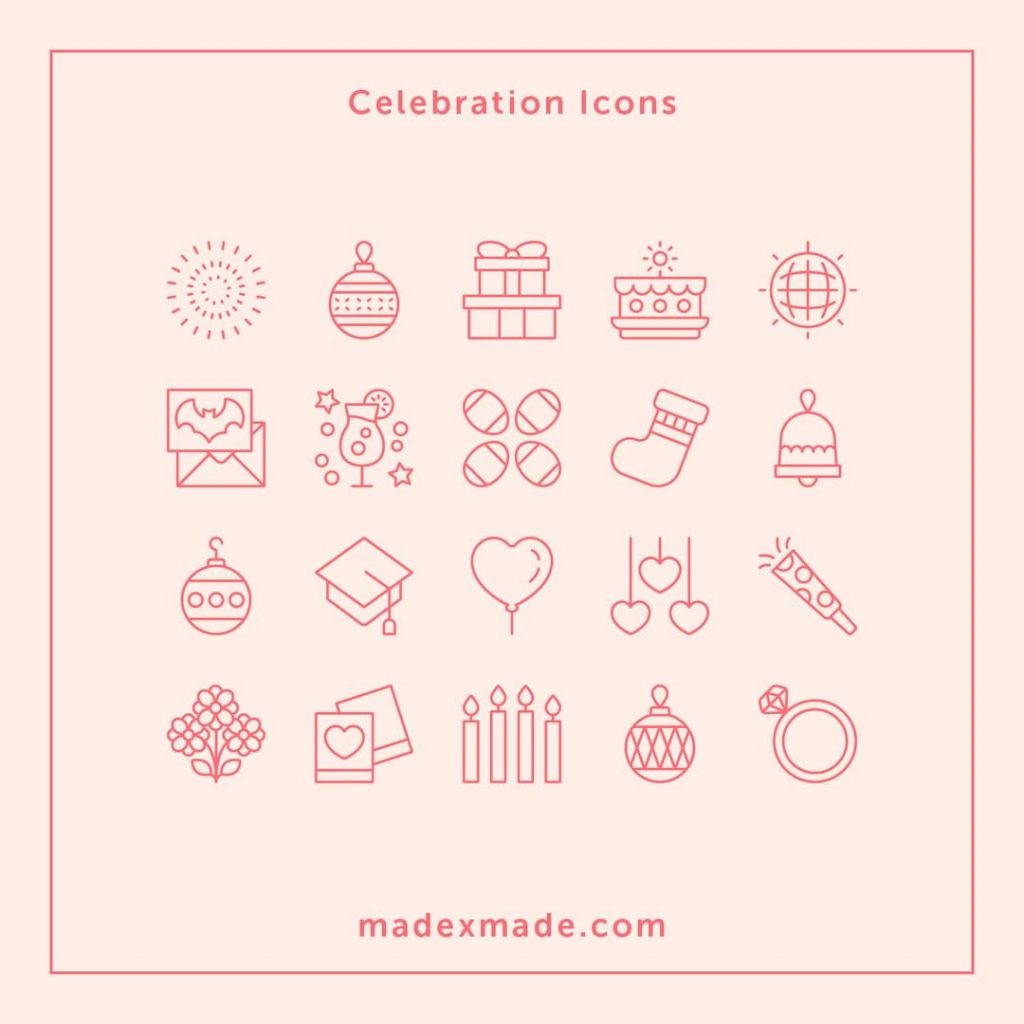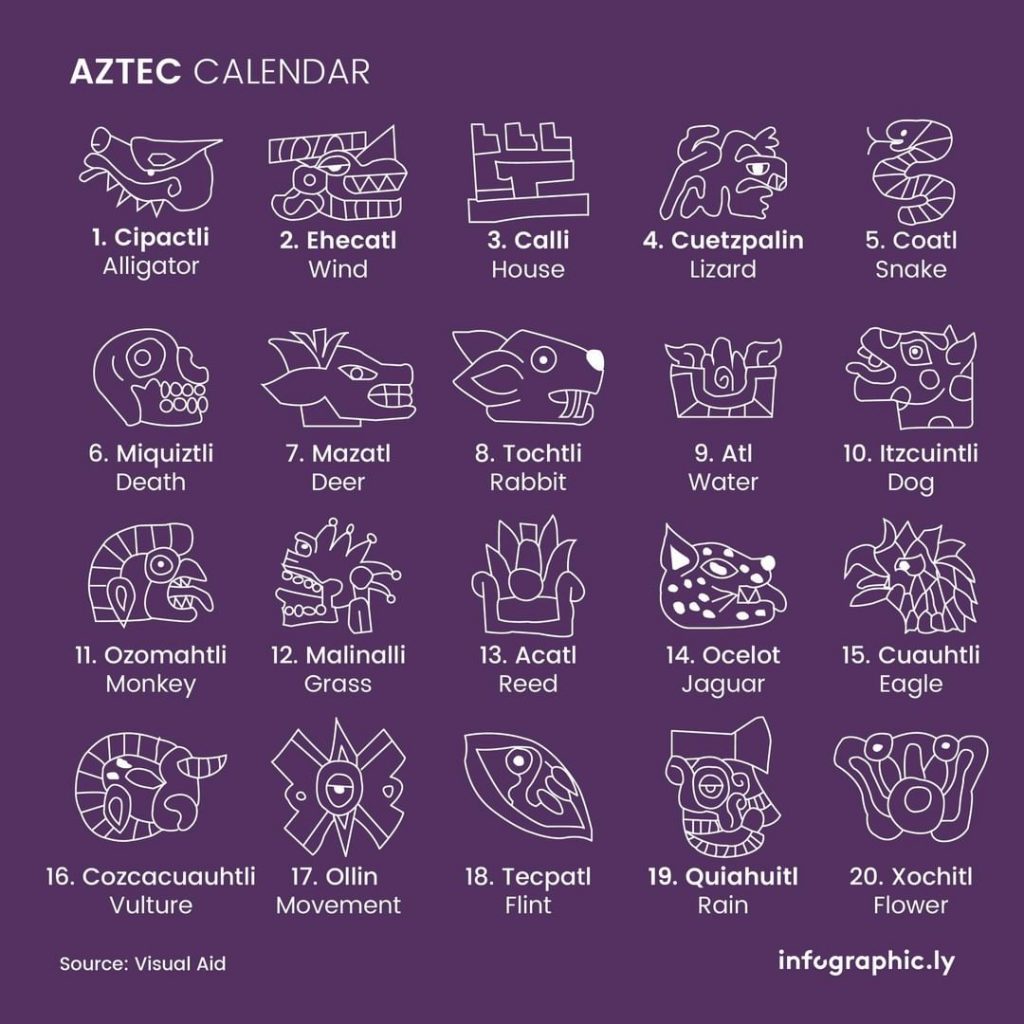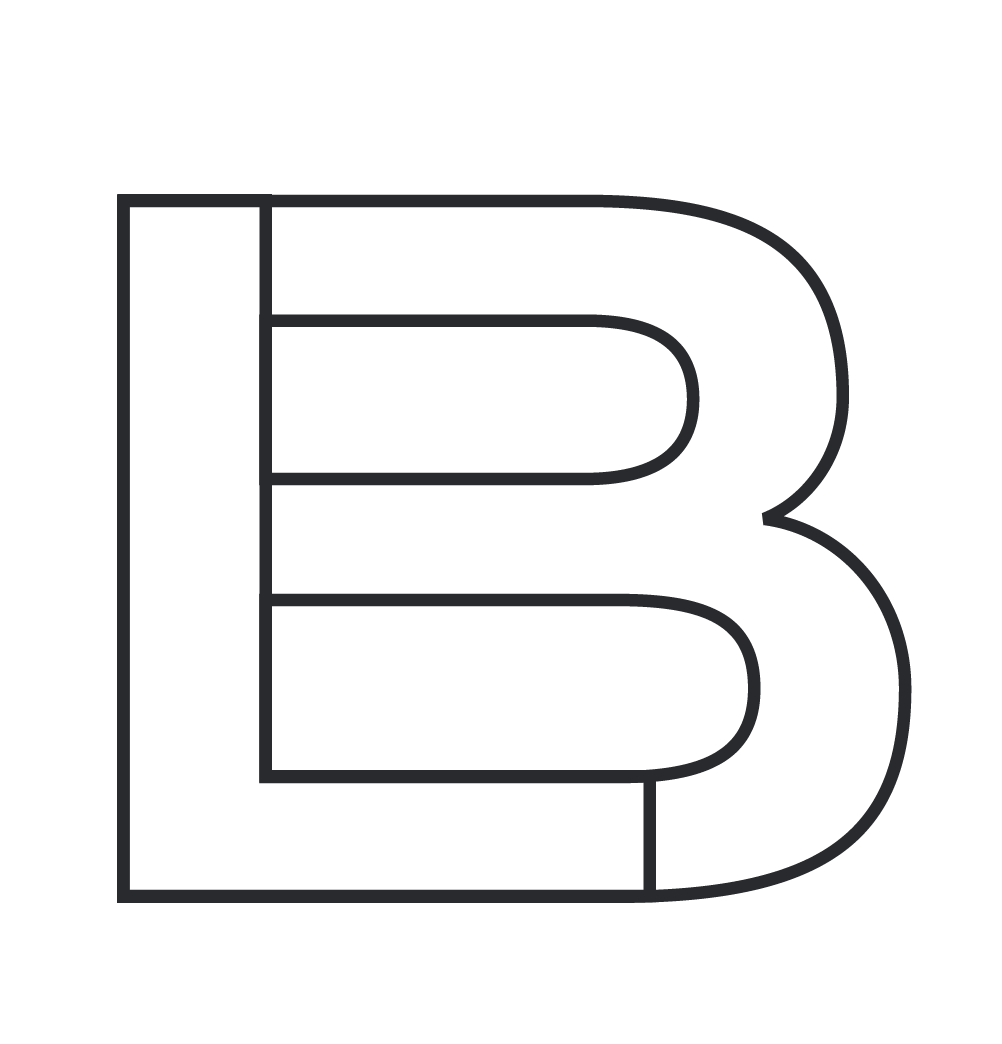The marketplace is incredibly crowded these days. Standing out can be an overwhelming goal, especially when there are so many time and resource constraints. I’ve been there: struggling to keep up with the day-to-day of your business while also trying to stay fresh. Delivering on what is expected of you while figuring out how to surprise your target audience. These and other challenges are part of business routines, and they can leave your brand feeling a little monotonous. I’ve been thinking about ways to stay innovative lately, and here are 50 simple tactics you can try whenever your brand needs a recharge:
1. Ask a stranger (or a few of them) to take a fresh look at your website and ask them: how does this make you feel? Do you know what to do next? Do you trust this brand? Where would you go to get in touch?
2. Call a random customer and check up on the state of their business/problem. While B2B customers might discuss their company’s challenges, B2C customers may talk about their personal problems in relation to the solution you provide. Offer free advice and let them know that you are interested in their success.
3. Polish the icons you use to represent your brand’s value proposition, product features, and/or services.

4. Rewrite your transactional emails to make them a bit easier to read or (if you so desire) more personal in tone. If it helps, create a single copy file with all of these emails so that you can compare and keep the brand voice consistent.
5. Think of a new stationery piece that might make your customers’ first experience with the brand more exciting. If you’ve never produced a physical stationery piece in the past, consider how this new element can make your brand’s presence more tangible.

6. Draw your target customer’s journey as he/she experiences the brand. Spot opportunities and places to make the process more delightful.
7. Create a calendar and mark special dates where you can express customer appreciation. This appreciation could come in the form of a message, call, freebie, or corporate gift.
8. Redesign your workspace or storefront (if available) to match your brand’s look & feel. Bring the brand experience inside.

9. Ask a random customer what’s their biggest question in relation to your product/service or the need it solves and
10. Launch a new customer survey to learn more about your brand’s strengths and weaknesses.
11. Pick an upcoming holiday, official or random, and think up a small campaign with an incentive (sale, discount, add-on, etc) that boosts sales.
12. Select a cause that aligns with your brand’s values and
13. Subscribe to or purchase a trade magazine in your industry and grab a few brand storytelling ideas from the type of content it presents.

14. Grab a new book related to
15. Create your brand manifesto, print it, and hang it on a wall.
16. Create a playlist to work to every day that reflects your brand’s personality. If you have an office or retail space, play it there.
17. Create an onboarding guide for new customers, whether in digital or print format.
18. Redesign your branded presentation template (PowerPoint, Keynote, Google Slides, or with whatever tool you use).

19. Draft a guest post or article addressing trends and share it in a relevant publication in your industry.
20. Write up a case study stating one of your customer’s success story and the reasons behind it.
21. Create a one-pager with your brand’s visual guidelines so that they become easier to apply and follow. Share this document with your team and relevant suppliers or partners. It will help you maintain visual cohesion in various channels, no matter who owns them.
22. Write down a list of words and expressions that fit your brand’s tone — a vocabulary of sorts. Make this word bank available to your team and start using it in all brand communications.
23. Design an appealing press kit that contains all the media files, copy, and contact information that a journalist might need in covering your brand’s stories.

24. Define what your brand’s personality feels like by completing this exercise.
25. Feature a customer story on your blog. This spotlight will help others understand how your product or service elevates customers that might face similar challenges to theirs.
26. Organize and launch a giveaway to boost brand awareness and share your story with new audiences.

27. If customers are tagging your product or service on social media posts, spend some time commenting back on their mentions to incentivize this referral behavior. Aside from delighting your current customer, this content will also be visible to other potential customers that are part of their network.
28. If your support documentation (FAQs or Help Center) are feeling too text-heavy, try creating some visual resources (like infographics) to explain common misunderstandings or shed light on simple solutions to common problems with your product.
29. Add some free samples or a trial of a new service along with some of your customers’ most recent purchase.

30. Work with an influencer on a campaign that shows the benefits of using your product or service. Make sure this individual is recognized as an authority in the space where you’d like to position your brand. Also, ensure that their values align with the ones your company upholds.
31. Allow your audience to meet your CEO or founder (could be you!) with an in-depth interview via video or audio.
32. Announce a question & answer session to respond to your audience’s most pressing doubts and concerns. This Q&A could be launched via Facebook, Instagram Stories, Twitter, or any other platform of your choice. It could be live or asynchronous, depending on your followers’ preferred form of engagement.
33. Create an infographic to explain a complex phenomenon or concept that is important for customers to understand in the industry you’re in.

34. Make your brand visible in an industry event or trade show. This could be in the form of a booth, sponsorship, or both.
35. Share your brand story by securing a public speaking opportunity or have someone on your team do so. If possible, record your/their talk and share it with your audience after the fact.
36. Produce an original research report in relation a subject that your buyers care deeply about.
37. Ask your audience if there’s a new product (or a specific update to an existing one) that they’d like to see. You can use social media, email, phone, or any other direct channel of your choice.
38. Define what your brand’s photographic style looks like, both in the composition & post-production phrases. Then, organize a photoshoot and update your imagery. Store and organize all the new photos so they can be used in future marketing pieces.
39. Create a new piece of swag specifically focused on boosting brand memorability. Consider which specific spaces might make for great brand placement to boost your top of mind awareness.
40. Refresh your product’s packaging, if applicable. Some sample upgrades you can try include new fillers, eco-packaging materials, additional product instructions, and new label designs.
41. Recirculate old social media posts with new titles, visuals, and/or captions.
42. Design a compelling email signature that includes all relevant contact information and a clear call to action.
43. Launch a paid retargeting campaign to capitalize on the interest some users have already shown towards your brand.
44. Create a style guide or lookbook that illustrates how your product is used in real life. Add contextual, end result recommendations that your buyers can refer to as they decide how this product will benefit them. Be specific: for X type of business/event/weather/time/place, what does using your product look like?

45. Add new patterns and/or illustrations to your brand’s identity system. These new assets will allow for creative work that’s more interesting and cohesive.
46. Create how-to guides for all of your products and make them readily available online. If your product is physical, you can add a QR code to the package.
47. Write or rewrite your brand story and add it to your About page, packaging, workspace, and/or wherever else it’s relevant.
48. Take a fresh look at your website on a mobile device and fix elements that are not displaying correctly.
49. Reach out to a complementary brand in your space and partner up on a content initiative, event, or giveaway.
50. If you think that it’s time for a visual or narrative brand refresh, work with a consultant to figure out goals, a process, and a timeline. Send me a message if you’d like us to work together.
